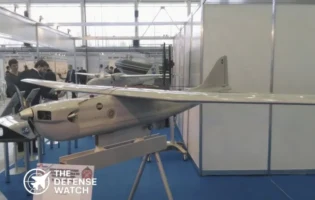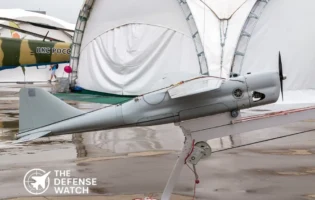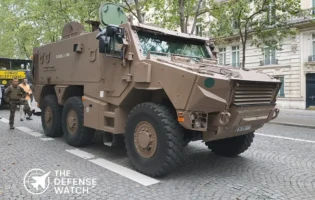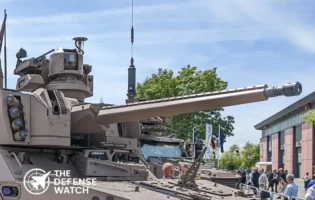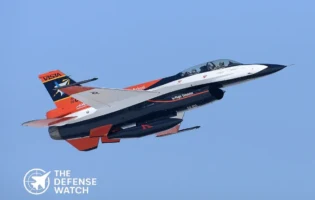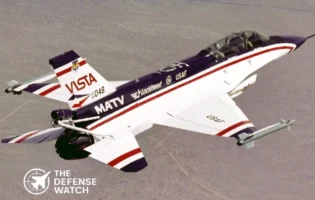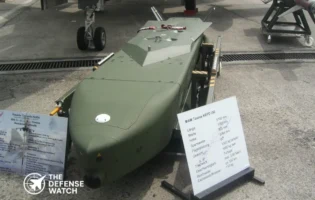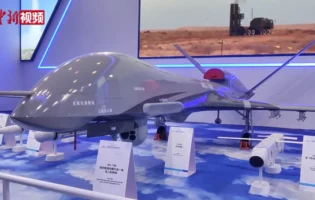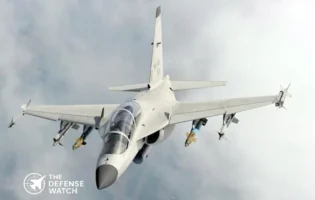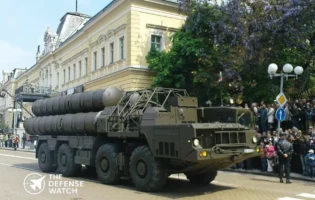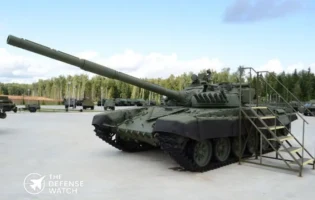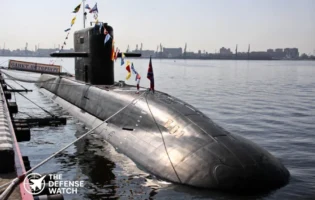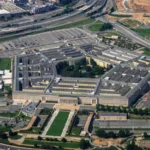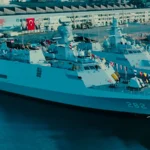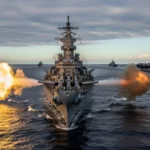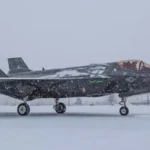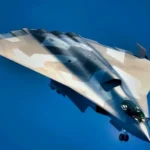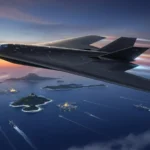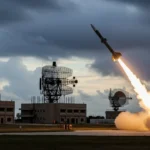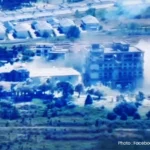- Home
- Catalog
- Fighter Jets
- MiG-29 Fulcrum Fighter Jet
MiG-29 Fulcrum Fighter Jet



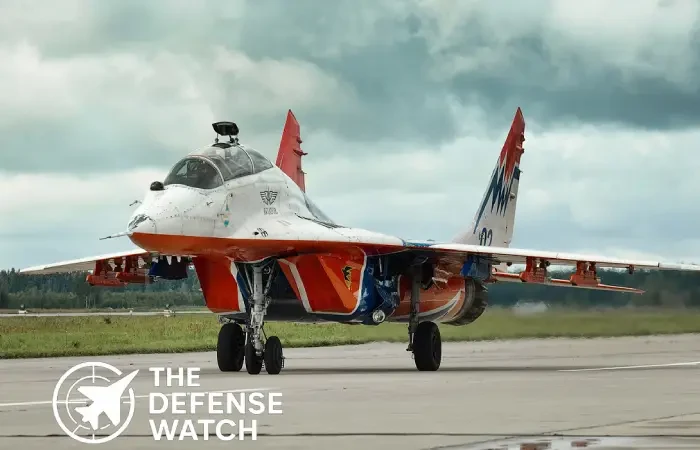


Full Specifications
General Information
| Name | MiG-29 “Fulcrum” |
| Manufacturer | Mikoyan / Russian Aerospace |
| Country of Origin | Soviet Union / Russia |
| Type / Role | Air superiority / multirole fighter |
| Generation | 4th Generation |
| Status | Active in many air forces, upgrades ongoing |
| First Flight | Late 1970s prototypes (ca. 1977 / 1981) |
| Introduction / In Service Since | Mid-1980s (≈ 1985) |
| Number Built | Several hundred (export + domestic) |
| Operators | Over 30 countries (Russia, India, Ukraine, etc.) |
Dimensions & Structure
| Length | 17.32 m |
| Wingspan | ~11.36 m |
| Height | 4.73 m |
| Wing Area | ~ 38 m² |
| Empty Weight | ~10,900 kg |
| Maximum Takeoff Weight (MTOW) | ~18,480 kg |
| Internal Weapons Bay | None (uses external hardpoints) |
| External Hardpoints | 6 under-wing pylons (plus under-fuselage) |
Performance
| Maximum Speed | ~2,400–2,450 km/h (~Mach 2.2–2.25) |
| Range | ~1,430 km (ferry ~2,100 km) |
| Combat Radius | ~700 km (approx, variant-dependent) |
| Service Ceiling | ~18,000 m |
| Rate of Climb | ~330 m/s ≈ ~ 65,000 ft/min equivalent |
| Thrust-to-Weight Ratio | High in dogfight regime (≈1:1 range depending on load) |
| G Limits | ±9 g typical (variant dependent) |
Powerplant
| Engine Type | Klimov RD-33 turbofan (afterburning) |
| No. of Engines | 2 |
| Thrust (each) | ~18,300 lbf (~81.4 kN) with afterburner in many sources |
| Thrust Vectoring | No (not in base Fulcrum; some advanced experimental versions) |
| Fuel Capacity | (Internal) ~7,716 lb (~3,500 kg) estimated in some sources |
Armament
| Gun | 30 mm GSh-30-1 cannon |
| Missiles (Air-to-Air) | R-73, R-27, other variants possible |
| Missiles (Air-to-Ground) | Limited in upgraded versions (rocket pods, guided munitions) |
| Bombs | Up to light/medium bombs in upgraded versions |
| Hardpoints | 6 external pylons (plus under-fuselage) |
| Payload Capacity | Varies—commonly up to ~4,000 kg or more depending on variant and configuration |
Avionics & Systems
| Radar | Varied by variant; original pulse-Doppler in early models; upgraded versions have improved radar |
| Radar Range | ~80–100 km in early versions (upgradeable) |
| Electronic Warfare (EW) System | Some variants feature countermeasure pods, radar warning receivers, chaff/flare systems |
| Targeting System | On-board targeting radar + optical/IR systems, helmet sight linkage in later upgrades |
| Helmet Display | In modernized versions, helmet-mounted sights integrated with R-73 missile |
| Navigation | Inertial navigation / Doppler / satellite updates in newer versions |
| Autopilot / AI Assistance | Basic autopilot; no full AI control in original, incremental assistance in upgrades |
| Communication | Standard UHF/VHF, link systems; upgraded versions may support datalink integration |
Stealth & Technology
| Radar Cross Section (RCS) | Relatively high (non-stealth platform) |
| Stealth Features | Minimal; limited shaping and reduction measures, but not a stealth design |
| Infrared Signature Reduction | Basic plume shielding, but still strong IR signature |
| Sensor Fusion | In modern variants, improved fusion of radar, IR, EW data |
| Networking Capabilities | In upgrades, support for datalinks and limited networked operations |
Variants
| Special Export Versions | Many export trims (e.g. downgraded radar, simplified systems) |
Operational History
| Major Conflicts / Deployments | Kargil (India), Syria, Libya, Ukraine, Ethiopia–Eritrea, others |
| Notable Operators | Russia, India, Ukraine, Iran, Poland, many others |
| Combat Proven? | Yes, in many theaters (though with mixed results) |
| Mission Types | Interception, air superiority, escort, limited ground attack (upgraded) |
Cost & Program
| Unit Cost | Varies widely by variant and upgrades (often tens of millions USD) |
| Development Cost | Soviet-era, not publicly broken out |
| Program Name | MiG-29 / Fulcrum series |
| Funding Countries | Former USSR / Russia; export customers fund retrofit programs |
Additional Information
| Upgrades Planned | Continuous avionics modernization, sensor upgrades, datalinks |
| Future Replacement | Many air forces gradually shifting to 5th-generation fighters |
| Export Restrictions | Arms-export controls, embargoes depending on user country |
| Notable Achievements | Longevity, widespread operational use, upgrading legacy fighters |
| Competitors | F-16, F/A-18, Mirage 2000, Su-27, J-10 etc. |
PROS
- Very high maneuverability and dogfight performance
- Proven multirole flexibility in upgraded variants
- Relatively lower acquisition/operating cost versus advanced Western fighters
- Widely exported—ample spare parts aftermarket and upgrade paths
- Capable of being retrofitted with modern avionics and Western weapons
CONS
- Limited internal fuel, restricting range/endurance
- Older radar and sensors lag behind modern AESA systems
- High maintenance demands and lifecycle aging
- Cockpit ergonomics, situational awareness remain inferior to modern Western jets
- Vulnerable in contested airspace lacking stealth and networked capabilities
MiG-29 Fulcrum Fighter Jet – Full Specifications
The MiG-29 Fulcrum remains one of the most recognizable Cold War-era fighter jets still in active service worldwide. While no longer cutting-edge in every respect, its enduring presence in many air forces attests to its value as a relatively affordable, agile air superiority and multirole aircraft.
Manufacturer, Origin & Purpose
Designed by Mikoyan in the Soviet Union during the 1970s, the MiG-29 emerged to counter new U.S. fighters like the F-15 and F-16, filling a tactical air superiority role. Produced by the MiG design bureau and later under Russian Aerospace, it was fielded in the mid-1980s. Its mission set spans air defense, interception, and in upgraded variants, limited ground-attack.
Capabilities & Performance
The MiG-29 can exceed Mach 2.2 to Mach 2.25 (≈ 2,400–2,450 km/h at altitude) with a service ceiling near 18,000 m (≈ 59,000 ft). Its unrefueled combat range is roughly 1,430 km, and ferry range with external tanks can stretch toward 2,100 km. The climb rate is about 330 m/s (≈ knot equivalent) and its agility is widely lauded, especially in within-visual-range engagements.
Powered by twin Klimov RD-33 turbofan engines (with afterburners), each producing roughly 18,300 lbf of thrust with afterburner in some variants it offers strong thrust-to-weight and can pull high G in dogfight scenarios.
Armament & Systems
The MiG-29 carries a 30 mm GSh-30-1 cannon and supports a mix of air-to-air missiles (e.g. R-73, R-27). In upgraded variants, limited air-to-ground ordnance (rocket pods, guided bombs) are possible. It features radar and avionics upgrades in later versions (e.g. MiG-29SMT/M) including improved displays, digital systems, and add-on EW suites. Some operators have integrated Western-style munitions (e.g. AGM-88 HARM on Ukrainian Fulcrums).
Operational Use & Relevance
Over 30 nations have flown the MiG-29 in various forms; as of 2024, some 809 were estimated in service globally. It has seen combat in conflicts from the Kargil war (India) to Syria, Libya, and more recently in the Ukraine conflict. Its main disadvantage in modern contexts is fuel limitations, aging sensors, maintenance burdens, and limited situational awareness compared to newer Western fighters.
In a U.S.-centric context, interest in the MiG-29 often centers on threat assessment, adversary capabilities, and modernization strategies rather than procurement. It remains a relevant case study in legacy fighter adaptation strategies.
Variants
| Field | Example |
|---|---|
| MiG-29A / 9-12 | Base single-seat air superiority version |
| MiG-29UB / 9-51 | Two-seat trainer / conversion version |
| MiG-29S / SMT | Upgraded version with greater fuel, avionics |
| MiG-29M / Fulcrum-E | Multirole modern variant with digital systems |
| MiG-29K / KUB | Naval carrier-based variant |
| Special Export Versions | Many export trims (e.g. downgraded radar, simplified systems) |
Reviews
Disclaimer Note
The information provided on TheDefenseWatch.com is for general informational purposes only. While we strive to ensure the accuracy, completeness, and timeliness of our content regarding defense and aerospace products, technologies, and specifications, we cannot guarantee that all information is 100% accurate or up-to-date due to the evolving nature of military technology and classified data. TheDefenseWatch.com does not warrant the reliability, suitability, or availability of the information for any specific purpose. Users are advised to consult official sources, such as manufacturers, government publications, or defense agencies, for precise and verified data before making decisions based on our content. We are not affiliated with any defense manufacturers, governments, or military organizations mentioned. Opinions, reviews, and ratings reflect expert analysis but are subjective and should not be considered endorsements. TheDefenseWatch.com is not responsible for any errors, omissions, or consequences arising from the use of this website’s content. External links are provided for convenience and do not imply endorsement. TheDefenseWatch.com reserves the right to update or modify content without prior notice. By using this website, you agree to our Privacy & Cookies Policy.






